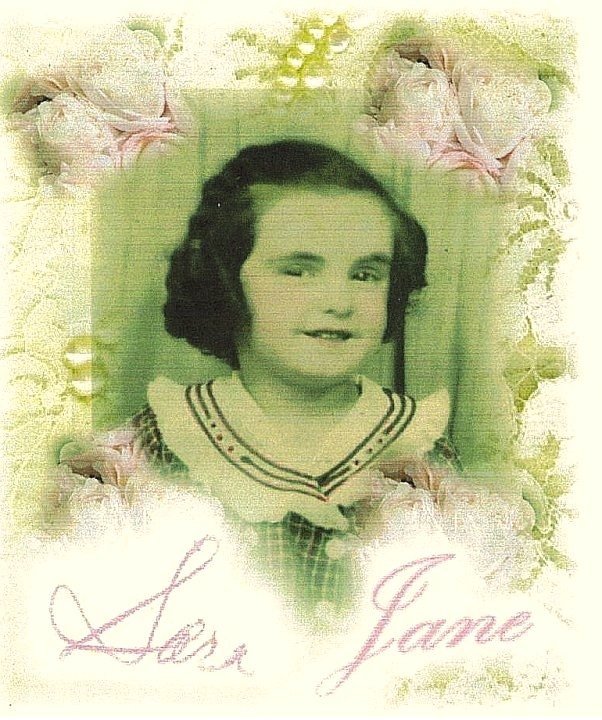African Tribal Art and Masks: A Rich History and Enduring Significance
African tribal art and masks have captivated art enthusiasts, collectors, and scholars for centuries. These remarkable pieces of cultural heritage not only bear witness to the artistic talents of African communities but also hold profound historical, spiritual, and societal significance. In this article, we will delve into the history and importance of African tribal art and masks, with a particular focus on the most valuable collectable African art like the Dogo Wirigo masks. Additionally, we will explore how to distinguish authentic antique African art from cheap tourist memorabilia.
African Tribal Art: A Rich History
The history of African tribal art is as diverse as the continent itself, spanning thousands of years and encompassing a multitude of cultures, traditions, and belief systems. The earliest forms of African art can be traced back to ancient civilizations such as the Nok culture in what is now Nigeria, which produced exquisite terracotta sculptures over 2,000 years ago. These artifacts served both utilitarian and ritualistic purposes.
African tribal art reached its zenith during the height of powerful empires like the Benin Kingdom, which crafted intricate bronze sculptures that depicted royalty, warriors, and divine beings. These masterpieces were often commissioned by royalty to celebrate their authority and spiritual connection.
Importance of African Tribal Art and Masks
· Spiritual and Ritualistic Significance: African tribal art and masks are deeply intertwined with spirituality and rituals. These creations often serve as mediums for communicating with ancestors, gods, and the spirit world. Masks, in particular, are used in ceremonies, dances, and initiations to connect with the divine and invoke supernatural forces.
· Cultural Identity and Expression: African tribal art and masks are expressions of cultural identity and heritage. They reflect the values, beliefs, and social structures of the communities that produce them. Each piece tells a unique story, whether it's a mask from the Dan people of Liberia or a Yoruba sculpture from Nigeria.
· Artistic Mastery: African artists demonstrate extraordinary skill and creativity in their work. The intricate details, abstract designs, and use of various materials, such as wood, ivory, and metal, showcase the artistic prowess of these cultures.
· Preservation of Tradition: Collecting and preserving African tribal art and masks help safeguard the cultural traditions of indigenous communities. By valuing and preserving these artifacts, we contribute to the continuation of these rich artistic legacies.
Most Valuable Collectible African Art: Dogo Wirigo Masks
Among the vast array of African tribal art, Dogo Wirigo masks stand out as some of the most valuable and sought-after pieces. Originating from the Dogon people of Mali, these masks are notable for their striking geometric designs and intricate carvings. They are believed to represent primordial beings and are used in complex rituals, including funerals, agricultural ceremonies, and initiations.
AUTHENTIC AFRICAN DOGO WIRIGO MASK ANTIQUE
You can own this amazing Dogo Wirigo Mask . Buy it NOW in the Sara Jane’s Alley store. Click Here!
Dogo Wirigo masks are highly prized by collectors due to their cultural significance, rarity, and aesthetic appeal. Their unique symbolism and the skill required to create them make them desirable additions to both private and museum collections. Some Dogo Wirigo masks have fetched substantial prices at auctions, highlighting their collectible value.
Distinguishing Authentic Antique African Art
While the allure of African tribal art is undeniable, distinguishing authentic antique pieces from cheap tourist memorabilia can be a daunting task. Here are some tips to help you identify genuine African art:
· Provenance and Documentation: Authentic pieces often come with a well-documented history of ownership and provenance. Look for pieces with clear records of their origins, including previous collectors, exhibitions, and publications.
· Materials and Craftsmanship: Examine the materials used and the craftsmanship. Authentic African art is typically made from traditional materials like wood, metal, and ivory, and it showcases exceptional skill and attention to detail.
· Patina and Age: Authentic African art often exhibits a natural patina that develops over time. Be wary of pieces that appear overly pristine, as they may be modern reproductions.
· Consult Experts: When in doubt, seek the expertise of art historians, curators, or reputable dealers specializing in African art. They can provide valuable insights and authentication services.
African tribal art and masks have an enduring significance that extends beyond their aesthetic beauty. They serve as windows into the rich histories, cultures, and spiritual traditions of African communities. Pieces like the Dogo Wirigo masks are not only valuable collectibles but also symbols of cultural heritage worth preserving. By understanding the history and importance of African tribal art and masks and learning to distinguish authentic pieces, we can contribute to the appreciation and preservation of this remarkable art form.
The author generated this text in part with a version of Chat GPT, OpenAI’s large-scale language-generation model. Upon generating draft language, the author reviewed, edited, and revised the language to their own liking and takes ultimate responsibility for the content of this publication. This text may include some materials in a form protected by the fair use guidelines of Section 107 of the Copyright Act. All rights reserved to the copyright owners.

